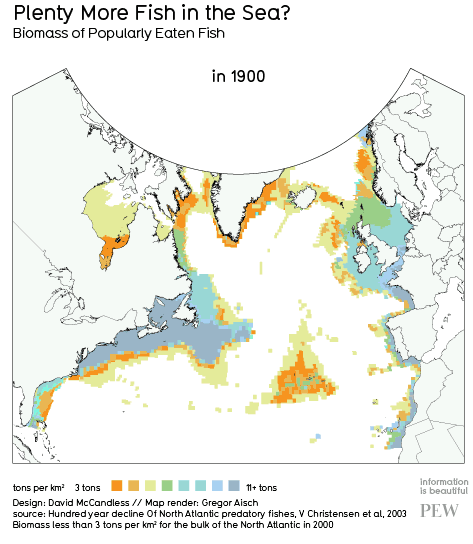The fall semester has started this week, and the last few weeks leading up to it have been a whirlwind of getting set up for teaching, putting in conference proposals, and continuing to chip away on my visualization project. As a consequence of the latter, I am learning much more about birds than I thought I would. (Did you know that there is an Indonesian bird called the Satanic Nightjar? Now you do.)
All together, it has been a busy time. So, in an effort to at least keep posting occasionally on this blog, here are three recent bird-related links of interest:
- First, a pretty cool story about a woman who built an outdoor run/play area for her cats, so that they would not kill songbirds, get hit by cars, mauled by dogs, or have to deal with other outdoor hazards. Cats- both feral and domestic- are actually quite a large threat to bird populations: the USFWS estimates that domestic outdoor cats kill upwards of 39 million birds a year! So this is a creative solution, and I have to say looks pretty fun for the cats.
- Next, the Cornell Lab of Ornithology is building bird-recognition software that will ultimately be used to create a “smart” ID/advice system for people who need help IDing a bird. They’re asking for help from the public to help build the software by taking a “color challenge” that matches a color to a bird. The results will be used to help figure out how we see color when looking at birds. If you’ve maxed out your levels on Angry Birds, this might be a good substitute 🙂
- Finally, a research blogging post on a study looking at the relationships between songbirds and parrots. The researchers studied retroposons (“jumping genes”) in several different types of birds, and confirmed another study a few years back that surprised people when it suggested that songbirds, parrots, and falcons were all closely related. The post gives you a good breakdown of the study and its importance.




















